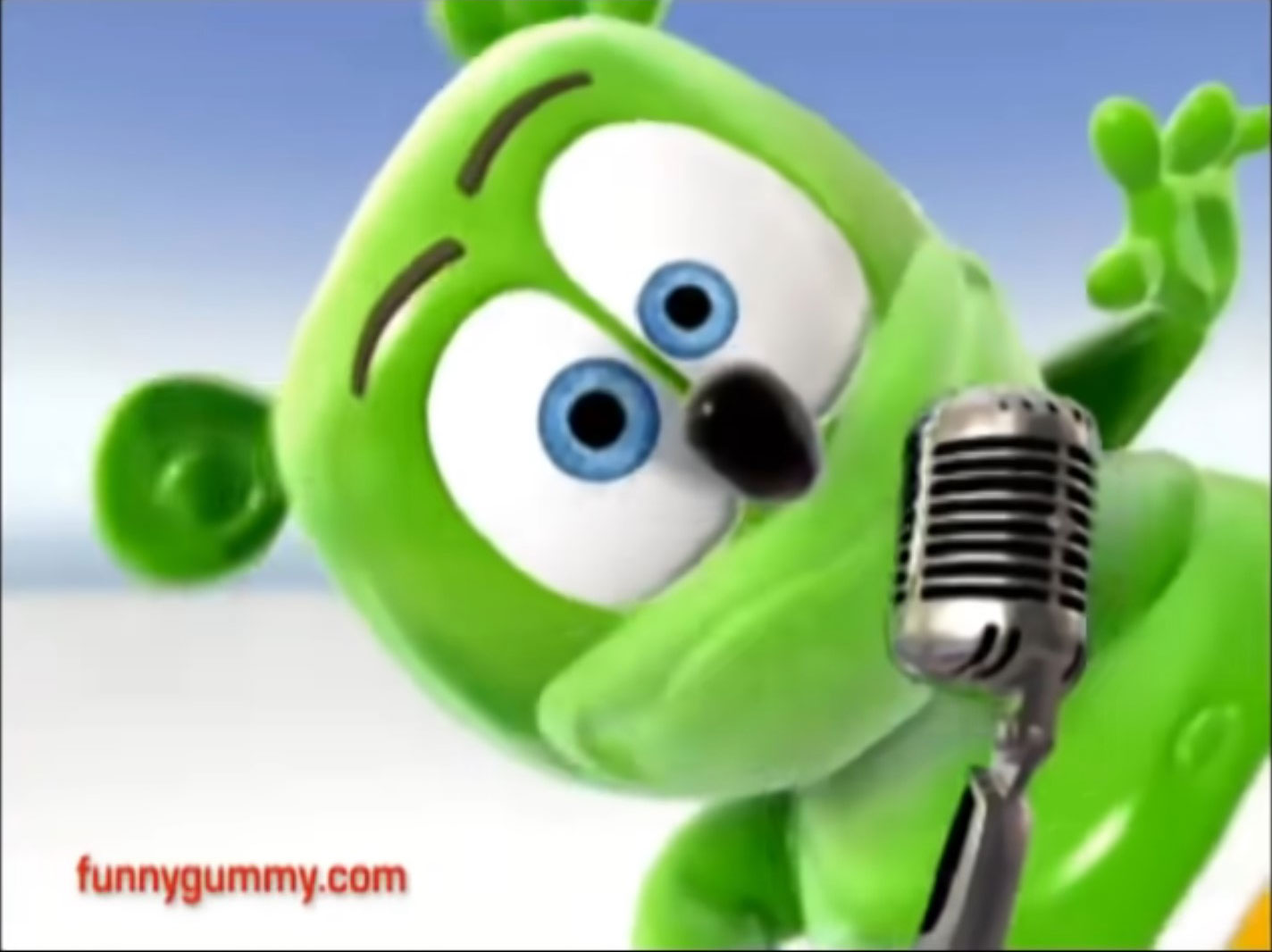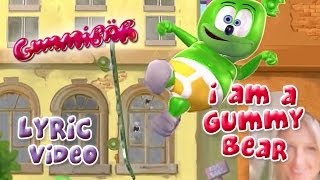

In the United States, Haribo gummy bears are sold in five flavors: raspberry (red) orange (orange) strawberry (green) pineapple (colorless) and lemon (yellow). Manufacturers offer a range of sizes including bears that weigh several kilograms. The success of gummy bears has spawned the production of many other gummy candies made to resemble animals and other objects, such as rings, worms, frogs, snakes, hamburgers, cherries, sharks, penguins, hippos, lobsters, octopuses, apples, peaches, oranges, Ampelmännchen, Smurfs and spiders. The success of the Dancing Bear's successor would later become Haribo's world-famous Gold-Bears candy product in 1967.

Even during Weimar Germany's hyperinflation period that wreaked havoc on the country, Haribo's fruit-gum Dancing Bear treats remained affordably priced for a mere one pfennig per pair at kiosks. In 1922, inspired by the trained bears seen at street festivities and markets in Europe through to the 19th century, he invented the Dancing Bear ( Tanzbär), a small, affordable, fruit-flavored gum candy treat for children and adults alike, which was much larger in form than its later successor, the Gold-Bear ( Goldbär). Hans Riegel Sr., a confectioner from Bonn, started the Haribo company in 1920. Gum arabic was the original base ingredient used to produce the gummy bears, hence the name gum or gummy.


 0 kommentar(er)
0 kommentar(er)
